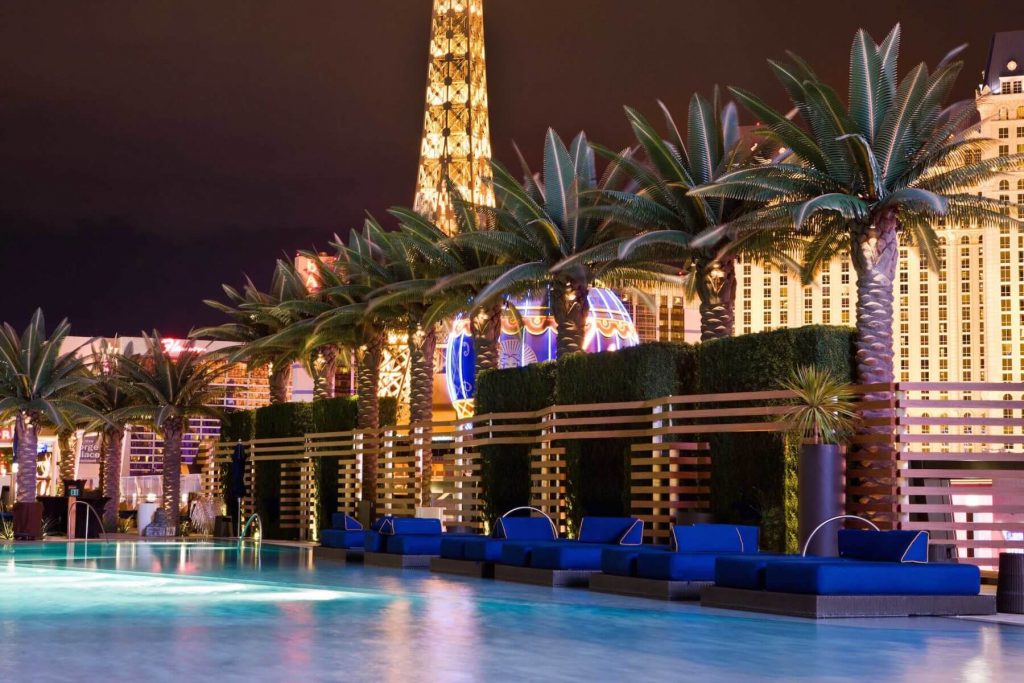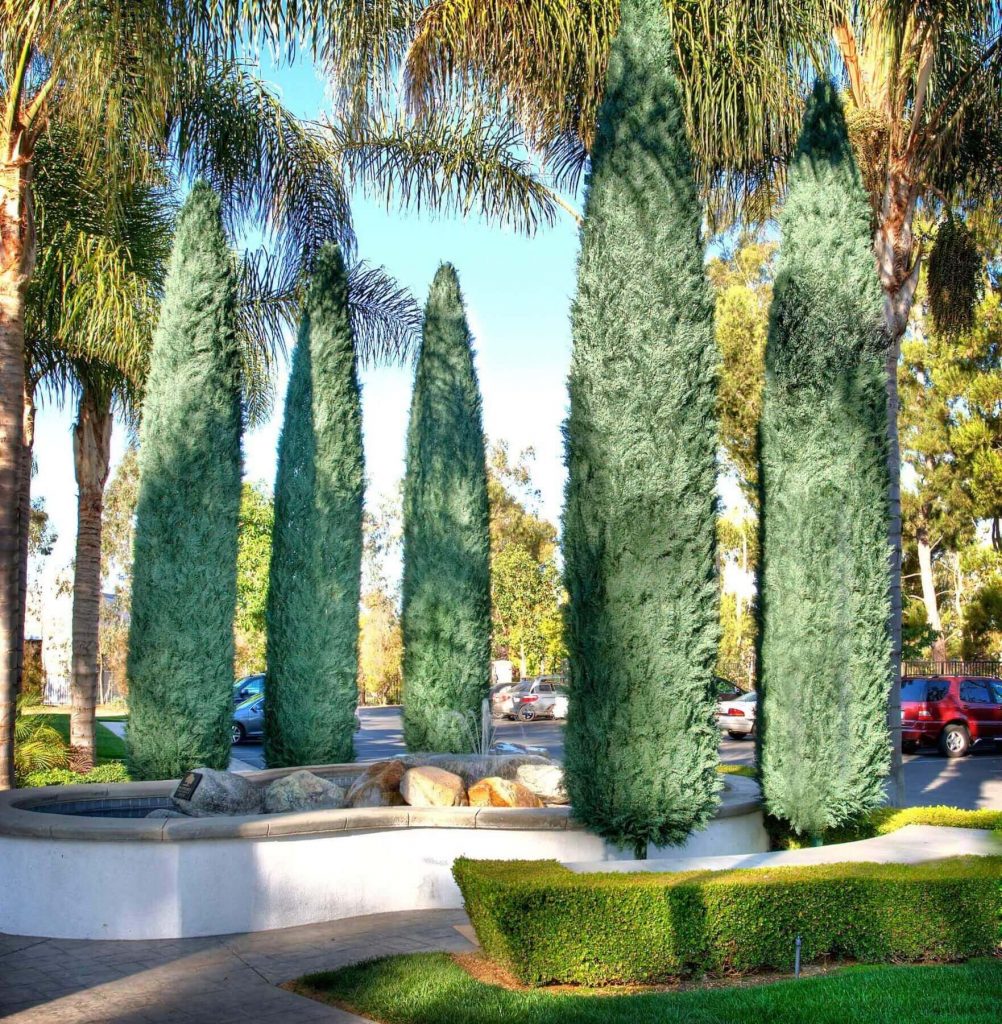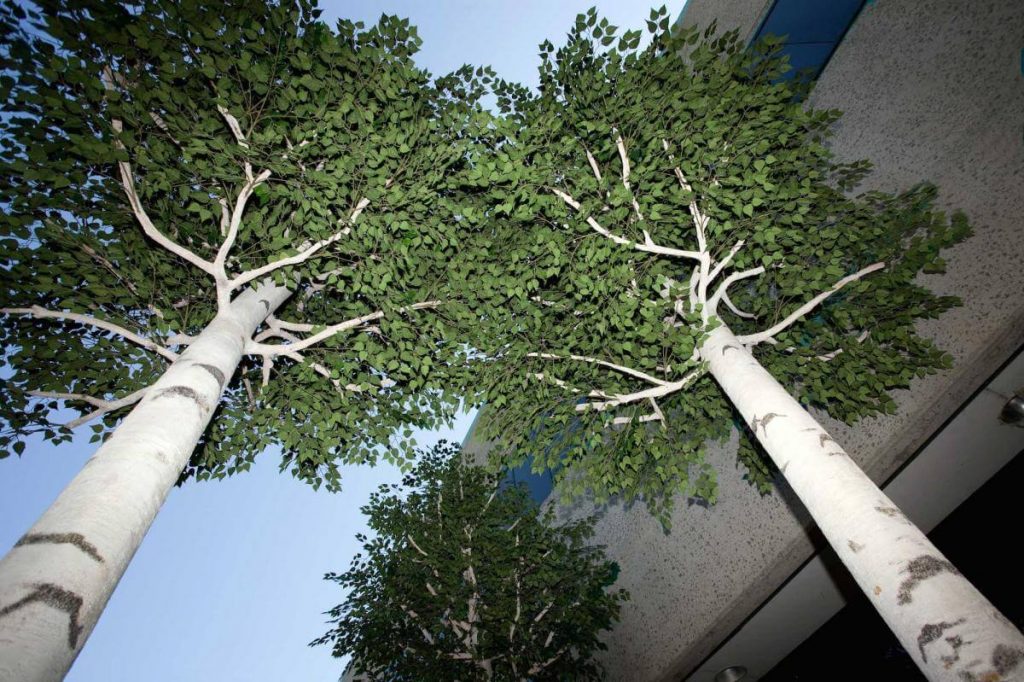Real vs Artificial Trees in the City
When are artificial trees better than natural trees? The answer might surprise you! There’s no denying that living trees are an important resource in the fight against climate change.
New research, though, has found situations where fabricated trees and plants are better options than real live trees and plants.
Trees offer an incredible array of benefits, including shade, wildlife habitats, water regulation, air cooling, and visual appeal. Their most crucial feature may be their ability to absorb and store carbon dioxide emissions.
These emissions are driving global heating, which is a huge problem for all living things. That’s why we always have to consider the environment when debating the pros and cons of real trees versus fake trees.
Real vs. Artificial Trees in Urban Areas
Many cities have started tree planting initiatives to add more living greenery in urban areas. Unfortunately, recent studies indicate that these urban trees aren’t resulting in net gains for the environment.
Street trees take many years to pay their way on carbon costs. Emissions associated with nursery production, planting, irrigation, pruning, removal and disposal are high. Street trees must survive for between 26 and 33 years to attain carbon neutrality.
–Urban Trees Grow Fast and Die Young – The Guardian
Urban environments are great for nurturing the quick growth of young trees. They usually offer more light, carbon dioxide, and longer growing seasons than rural environments. What the ecosystem really needs, though, are older, mature trees.
“As the street trees grow, they encounter size-related risks such as limited root space, excessive pruning, and removal due to hazard risk and development.
“Through rapid growth rates, street trees have the ability to sequester carbon and potentially provide other ecosystem services, such as evaporative cooling, more efficiently than rural trees,” the researchers write.
Currently, these benefits are not fully realized due to the high mortality suffered by street trees.
The study indicates that urban trees are rarely able to sustain life for the minimum 26 years needed to offset their carbon footprints. The ideal solution would be planting trees that are already older and sturdier, or adjusting environments to create safer living conditions.
This isn’t always an option, though. That’s particularly true for cities that are counting on trees as affordable ways to improve the health and property values of their surroundings.
One solution? Artificial trees!
They offer the same biophilic appeal, design/decor functions, and shade. They’re much more durable than living trees, though, and they don’t require any water. Planting live trees in rural and deforested areas and using artificial exterior trees in urban areas is a great way to be eco-friendly.
TreeScapes & PlantWorks are committed to helping the environment, one tree at a time. That’s why we will donate to have at least one tree planted for every fabricated, replica, or preserved tree we sell!
We’ve partnered with the charitable organization One Tree Planted to do our part for the planet. Visit their website to see how you can help with their reforestation efforts too.





